Introduction to Photoelectric Sensors
Sensing objects is a tricky business because of the many variables in light, surface texture, distance, color, and other factors. Learn how a photo sensor works!
Industrial sensors are key elements present in almost every modern automated system. Sensors are interfaces between the physical and digital worlds. They capture valuable information used as feedback to the control system. Sensors can be classified based on the underlying technology. Some of the most common industrial sensors are photoelectric, laser-based, inductive, and magnetic.
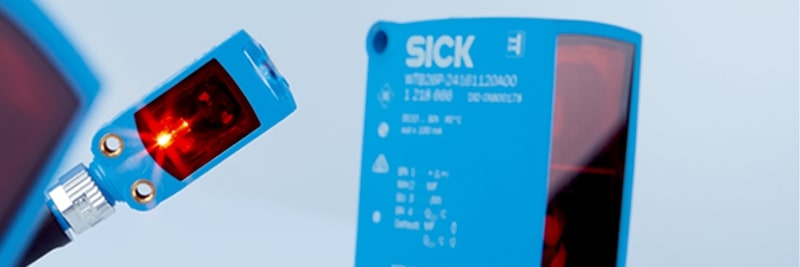
Figure 1. Photoelectric sensors. Image used courtesy of SICK
This article focuses on photoelectric sensors, one of the most common types of industrial sensors. There is a large number of applications of photoelectric sensors in industrial environments. From simple presence detection to safety functions, these sensors are now ubiquitous in control systems.
Two important advantages that these sensors have over others are range and versatility. Thanks to using light as the detection media, they can cover longer distances than most other sensors. Also thanks to the light factor, these sensors can detect nearly all kinds of materials, whereas some sensors can detect only metal products.
How Photoelectric Sensors Work
A photoelectric sensor consists of two main elements that work with light: an emitter and a receiver. Depending on the type of sensor, both elements might be housed together in the same hardware component, or they might be two separate pieces of hardware.
The emitter is the light source. Light-emitting diodes (LEDs) are used in most sensors due to their compact size and cost-effectiveness. LEDs generate light that may be pulse-modulated or unmodulated.
Pulse-modulated light is when the LED emits pulses of light repeatedly at known intervals. This is the method used in most photoelectric sensors as it helps filter out interferences.
Unmodulated light exists when the LED emits light continuously and uninterrupted. The advantage of this method is a shorter detection time, but the disadvantages are the shorter range and the increased susceptibility to interferences.
A light receiver consists of photodiodes, which convert incoming light into electrical signals. After the conversion, the signals pass through circuitry that amplifies them, evaluate synchronous detection, and send the output to the system controller.
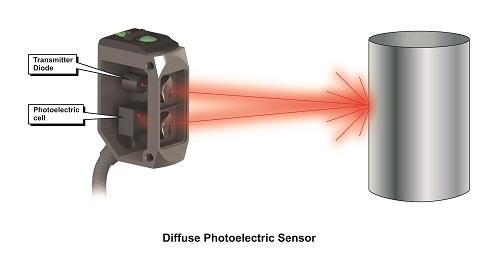
Figure 2. Diffuse sensors house the emitter and receiver together. Image used courtesy of AutomationDirect
Light travels through the air in a straight line. When there is an obstruction between the emitter and receiver, the light beam is deflected in various angles, known as refraction. Upon detecting a considerable difference between the intensity of light emitted versus the intensity of light received, the sensor triggers a detection event.
Another important behavior of a light beam is known as reflection. This occurs when the emitter beam hits an object’s surface and is reflected with the same angle of incidence. This is another method that photoelectric sensors use for presence detection.
Photoelectric Sensor Types
Based on the sensing method, there are three main types of photoelectric sensors.
Through-Beam Sensor
The transmitter and the receiver are housed each in their enclosure. The two components are placed opposite each other, with the light beam from the transmitter directly hitting the receiver. As soon as something obstructs the light beam, a detection event occurs.
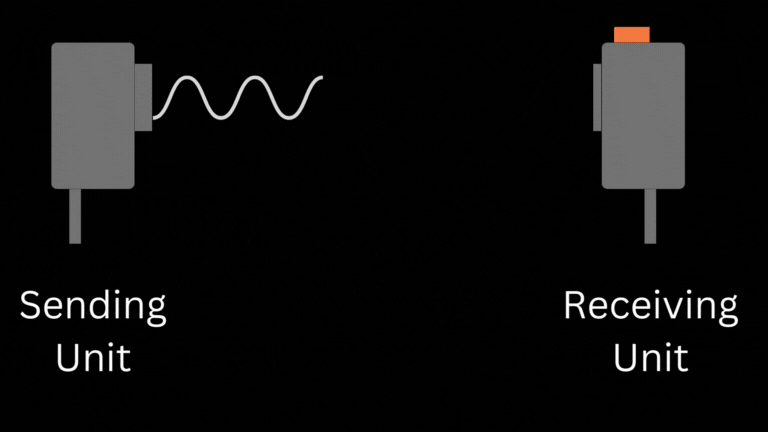
Figure 3. A through-beam sensor has separate sending and receiving units. Image provided by the Control.com engineering team
Diffuse Sensor
In a diffuse reflective sensor, the emitter and receiver are housed together. Detection occurs when the light beam from the emitter reaches the receiver, but only after it has bounced from the surface of an object. These sensors are more cost-effective and generally easier to mount, but they have a shorter range than through-beam, since much of the light is scattered when it reflects off of the surface of the object.
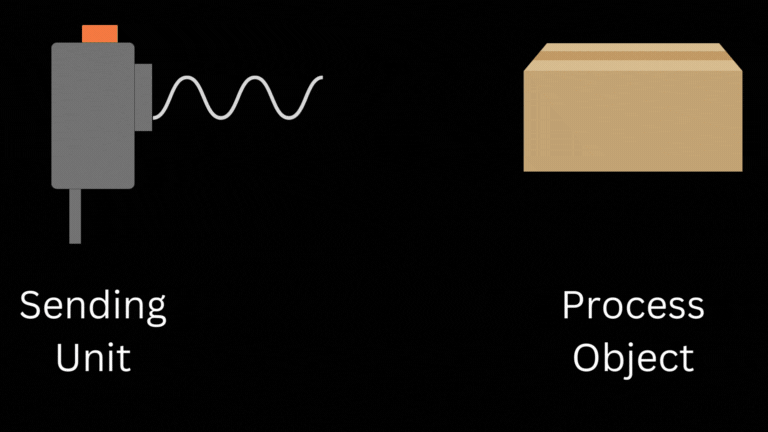
Figure 4. A diffuse reflective sensor relies on sufficient backscattering of light, and is less effective on curved or non-reflective objects. Image provided by the Control.com engineering team
Retroreflective Sensor
These sensors consist of an emitter and receiver in the same housing, together with a reflector. This reflector is mounted opposite from the sensor at an angle that bounces the light beam back to the device correctly. These sensors offer a longer operating range than diffuse sensors, and the added complexity by installing reflectors is minimal.
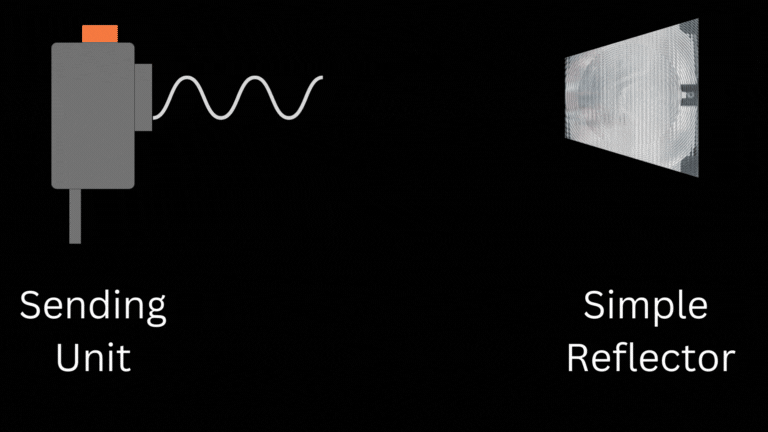
Figure 5. A retroreflective sensor with the reflector mounted across a conveyor belt. Image provided by the Control.com engineering team
Industrial Applications for Photoelectric Sensors
Photoelectric sensors can be integrated with virtually any programmable logic controller (PLC) in an automated system. These sensors output digital signals that can be plugged into the controller’s input and output (I/O). It is important to consider whether the sensor is PNP (positive output signal) or NPN (negative output) for choosing the right type I/O module.
There is a large number of applications for photoelectric sensors in automation. Virtually all industries with some level of automation use these sensors for object detection.
A very common use is in conveyor systems. A single motor typically controls each section of conveyance equipment. Photoelectric sensors are placed at the transition from one section to the other. When the product moves on the conveyor, the sensors detect the presence, and this signal triggers the motor's activation and deactivation.
Photoelectric sensors can also be used for safety purposes, such as light barriers or light curtains. These devices are mounted at strategic places and serve as safety gates. When an obstruction is detected, the light barrier will emit a signal to the PLC that will shut down the machine, if the obstruction is unexpected.
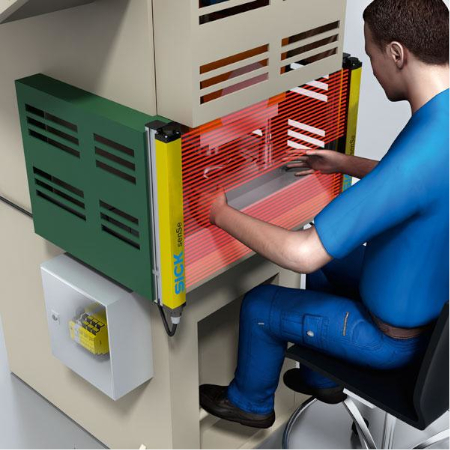
Figure 6. A light curtain can prevent injuries by shutting down a machine upon an unexpected obstruction. Image used courtesy of SICK
With the vast number of applications for photoelectric sensors, they are used frequently in industrial automation. What do you use them for? Are there more uses for photoelectric sensors that we should expand on?

 Facebook
Facebook Google
Google GitHub
GitHub Linkedin
Linkedin








